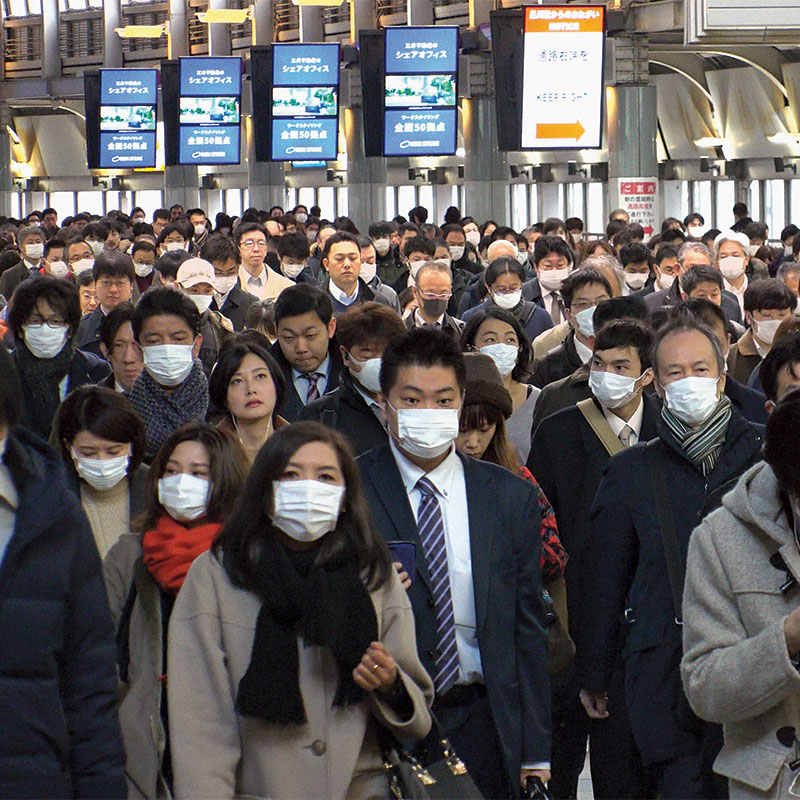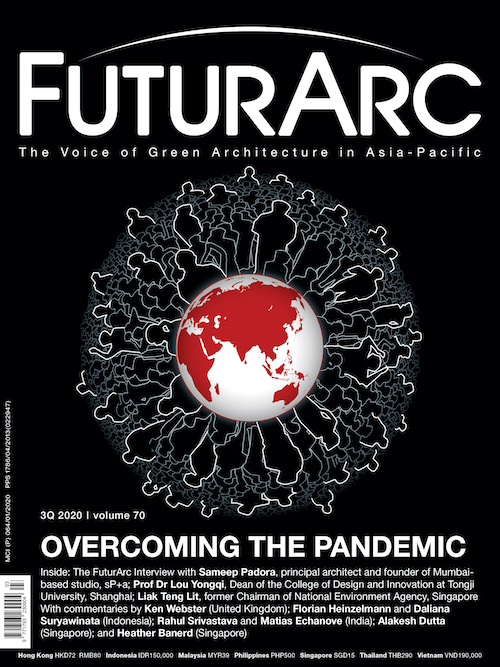World Architecture Day 2020
The theme for this year’s celebration is Toward a Better Urban Future.
World Architecture Day is celebrated in concurrent with UN World Habitat Day, which carries a similar theme Housing for All: A Better Urban Future, focusing on the centrality of housing as a driver for sustainable urban development. It also highlights how we can shape the future of human settlements to be more resilient.
A 2018 World Urbanization Prospects report by the United Nations states:
- As the world continues to urbanise, sustainable development depends increasingly on the successful management of urban growth.
- Urban growth is closely related to the three dimensions of sustainable development: economic, social and environmental.
- To ensure that the benefits of urbanisation are shared equally, policies to manage urban growth need to ensure access to infrastructure and social services for all, focusing on the needs of the urban poor and other vulnerable groups for housing, education, health care, decent work and a safe environment.
Overcoming the Pandemic
“In the world of design, there is much speculation on a post-pandemic world, which often starts with reimagining the city. Some say there is, for instance, not enough capacity for adaptation. The typologies of urbanism—shopping centres, office buildings, homes—are far too invested in the needs of the few they serve. Cities change, we know this. The pandemic has revealed, however, that they are not designed for rapid change,” commented Dr Nirmal Kishnani, in his letter in the latest FuturArc Q3 2020 issue on Overcoming the Pandemic.

In Dr Kishnani’s interview with three experts from China, India and Singapore, perspectives were exchanged about what is happening in our corner of Asia. “Everyone is talking about the post-pandemic city. What is your vision of this?” asks Dr Kishnani.
Liak Teng Lit, an advisor to businesses and governments, previously Chairman of the National Environment Agency, Singapore, notes, “Each of us needs a bit more space within our home because this is where we will also work. We can do with more community spaces, especially near where we live. The neighbourhood should have most of what we need so that we don’t have to go far.”
Sameep Padora, a Harvard-trained designer who is the principal architect and founder of Mumbai-based studio, sP+a, as well as Director of sPare, a research initiative looking at urbanisation and architecture in India, observed, “Everything is part of a network; it’s connected. A city does not exist in isolation. We live within networks and processes that bring us food. We exist in these with other people.”
Prof Dr Lou Yongqi, Dean of the College of Design and Innovation at Tongji University in Shanghai, and founder of Design Harvests, a design-driven urban-rural interaction project, concluded, “I look for the positives in this crisis because it helps us to understand what is important to us. In some ways, it encourages a diverse picture of the real world. An ecosystem with more diversity is a healthier and stronger system.”


